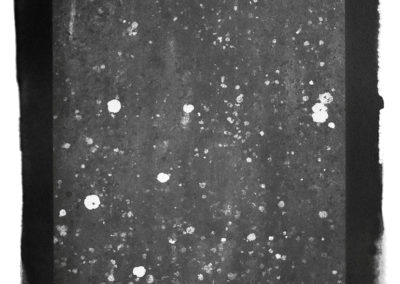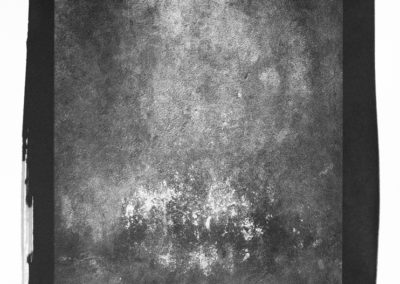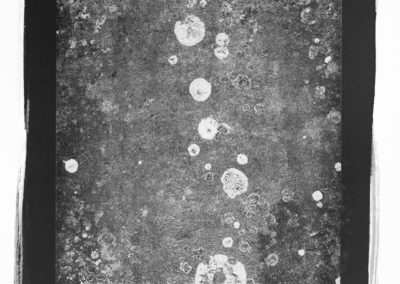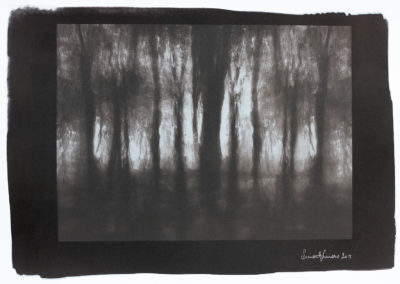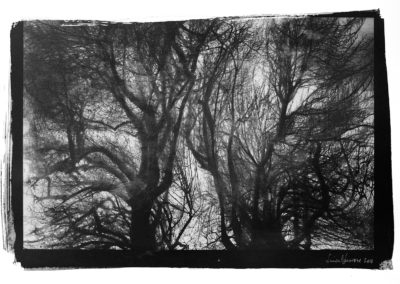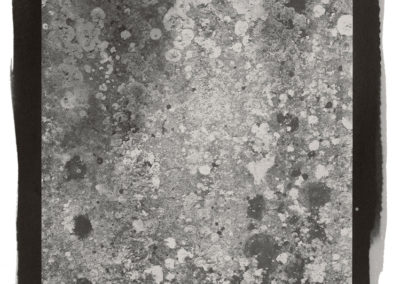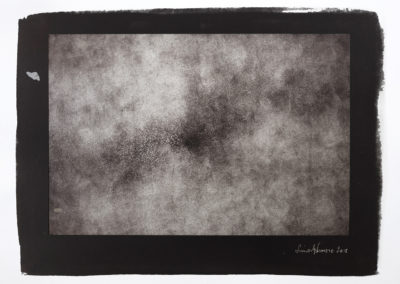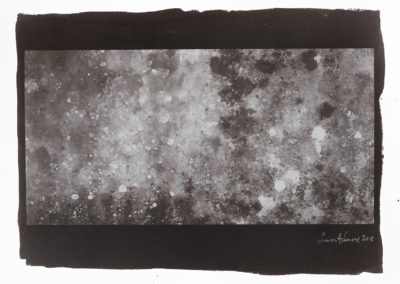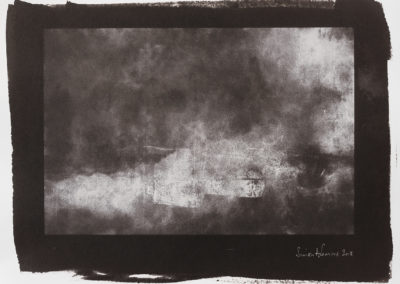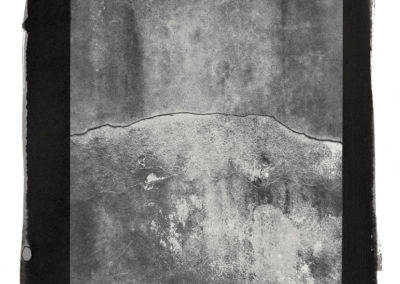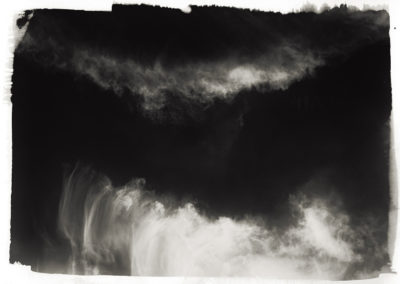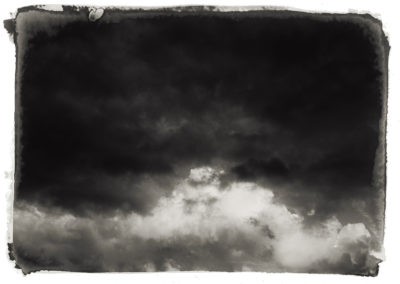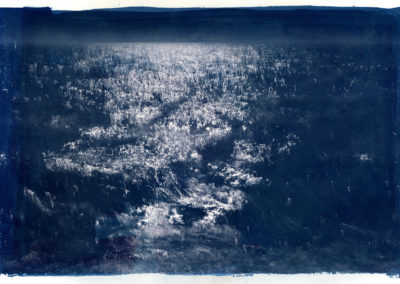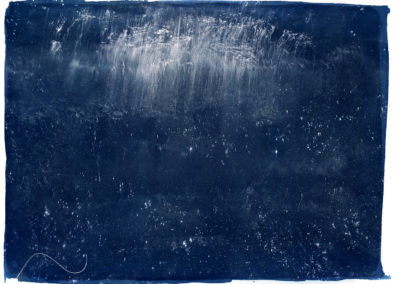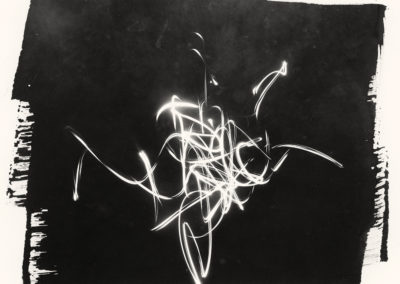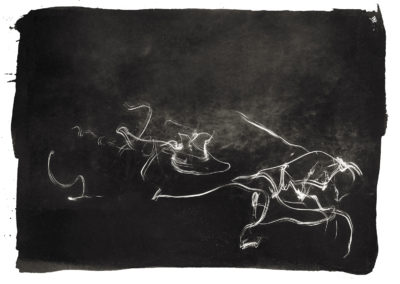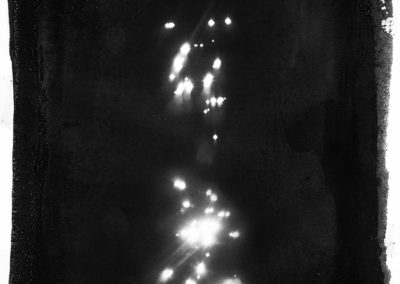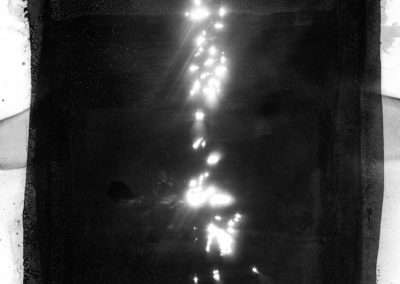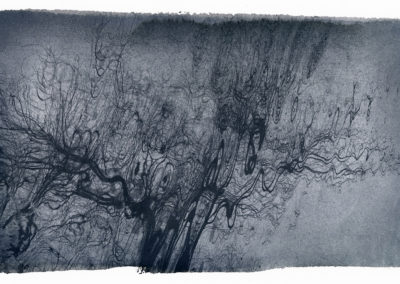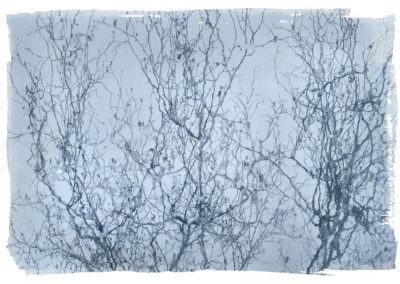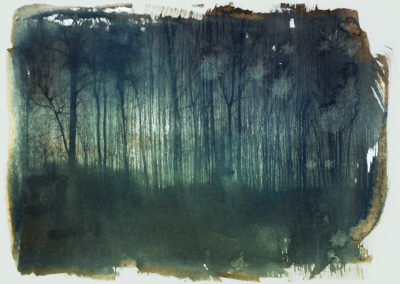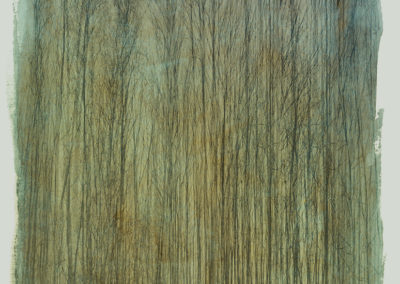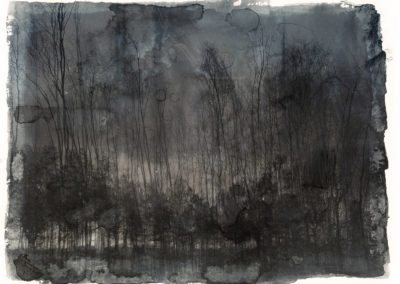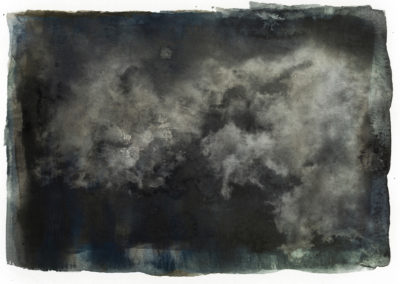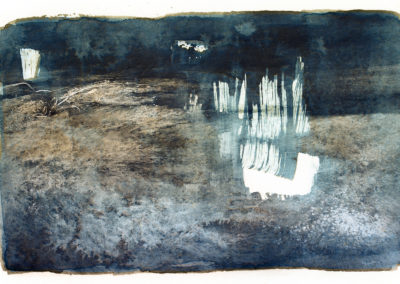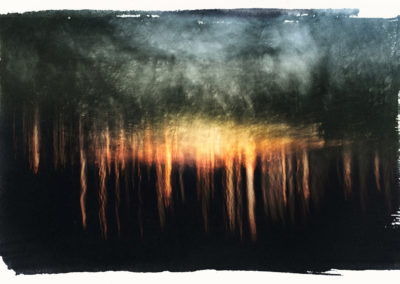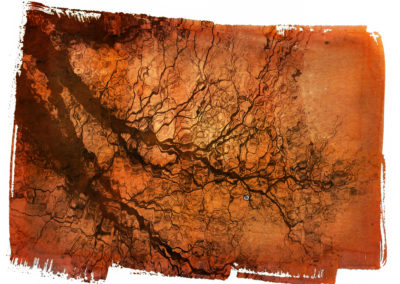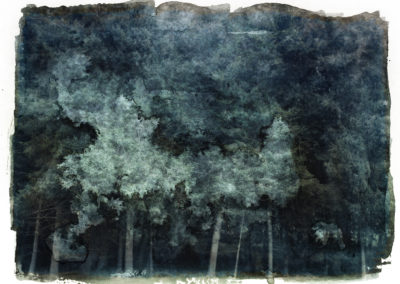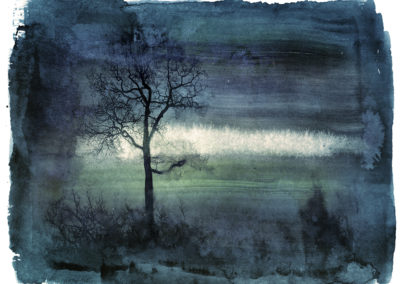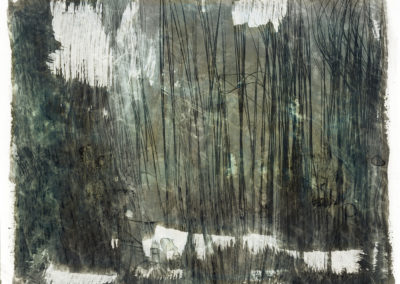Part 1: Short Stories of Loss and Hope
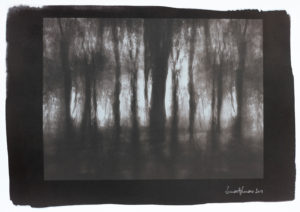
I lost a number of friends during 2017/18, and – never having had to seriously consider mortality before – I found myself struggling to make sense of the tragedy of death. Perhaps inevitably I found myself in a rabbit warren of unanswerable questions. The only useful conclusion I could arrive at was a philosophical one: I would find no convenient explanations for why we must die, but we are sustained by hope.
Months later I was reading a book of Greek myths to my children at bedtime and realised (to my amusement) that I had unknowingly retold myself the Pandora’s box story.
I had an idea for a series of ambiguous images that the viewer could project a story into. Ambiguity, and sometimes lack of subject, is a recurrent theme in my work. For such images I wish to avoid the ‘banality of representation’ (an allusion to Man Ray). Instead I want for the viewer to create their own image in the work. I have an idea of what the work is, but that may differ from other people’s, and that’s ok.
Recently I exhibited some ‘…Stories’, including the image below. I invited guests to tell me what they saw. Several told me they saw fire. Another said a cave. A fellow exhibitor, an art historian, was convinced that I had cleverly embedded a Goya picture into my composition! Needless to say, the basis of the image is none of these things.
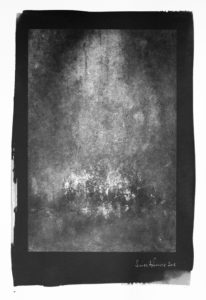
A visual starting point for the series is my fascination with a local churchyard, St Mary’s in Faversham where I live. It’s a typical English churchyard – ancient, wonderful and mysterious. Each tumbled gravestone tells its own short story, literally: it gives us a name and a date and perhaps enough additional information for you to infer something of the life it celebrates. But what happens when those stories are eroded by time and the elements? I came to think that perhaps the stone itself can hold the story. Where the subject is not a stone, it is another aspect of the churchyard.
I wanted to present the work in way that emphasises its thoughtfulness, and I knew I wanted to frame the images somehow, and for the frame to be a part of the artwork itself. I rested on the salt printing technique from the 1840s and taught myself the process. It demands care, time, and patience to get a result. I like that each print is unique; a story of its own. The images here are flat copies of original A3 prints.
Part 2: Before We’re Here. After We’ve Gone.
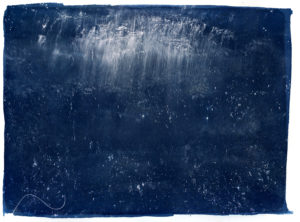
Shortly after I finished my Short Stories project my eldest daughter died. This series was conceived and completed in a fog in the weeks following her death.
The central theme is the despair of loss and the sense that for all our significance to one another, we leave little imprint in the universe. I wanted to the images to be elemental and untamed, so I created frames in cyanotype, and I poured in lights and sea and my pain. I think they’re the most beautiful images I’ve ever made.
Part 3: I Am Not the Rain
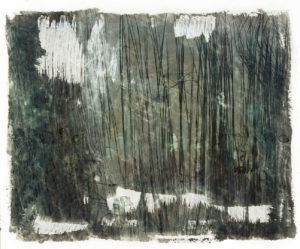
In time the fog lifts. Pain and guilt give way to acceptance.
There is a well-known idiom ‘into every life a little rain must fall’. We all endure difficult times, and sometimes we can feel that bring them upon ourselves, but it isn’t so. Rain falls, but I am not the rain.
Selected images from Simon’s Short Stories of Loss and Hope series are shown below (click to view image at full size / format)
ABOUT SIMON ASHMORE
Born in East London and now living in Kent, Simon Ashmore earns his living as a charity director and trustee in London.
His early career was as an editorial and documentary photographer. While he still admires editorial photography, Simon’s own artistic journey has increasingly taken him towards conceptual and abstract work.
Simon finds influence and inspiration from a wide range of sources, including photography, painting, and music. He utilises a wide range of techniques including ‘alternative’ printing such as salt and cyanotype, as well as digital work – sometimes all blended together.
Speaking about his work, Simon commented “I have come to realise that, instinctively my art has moved from being an representation of ‘other’, to an exploration of ‘self’. My images, including those that are apparently of traditional subjects, are often primarily an expression of my feelings rather than a representation of the thing photographed.” .
Website: www.simonashmore.com
Twitter: @siashmore
CREDITS
Unless otherwise stated, all words and images in this article are © Simon Ashmore
EXHIBITION
Simon will be exhibiting a selection of images from Short Stories as well as other work in a joint show with artist Dominic Keshavarz at Creek Creative, 1 Abbey Street Faversham, ME13 7BE between 19-30 March.

